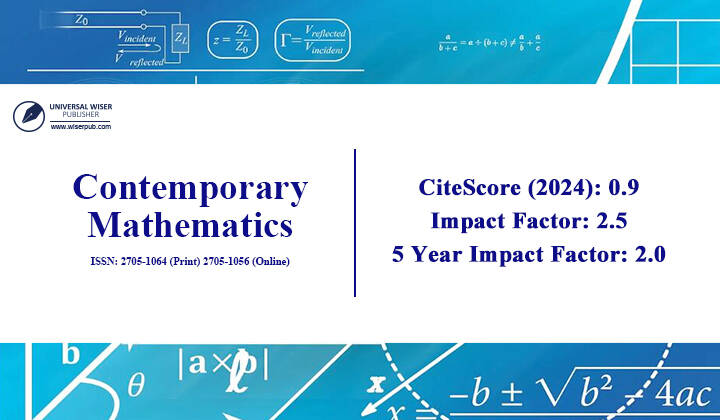


Like power lines in an electrical grid, long wiry projections that grow outward from neurons -- structures known as axons -- form interconnected communication networks that run from the brain to all parts of the body. But unlike an outage in a power line, which can be fixed, a break in an axon is permanent. Each year thousands of patients confront this reality, facing life-long losses in sensation and motor function from spinal cord injury and related conditions in which axons are badly damaged or severed.
New research by scientists at the Lewis Katz School of Medicine Temple University (LKSOM) shows, however, that gains in functional recovery from these injuries may be possible, thanks to a molecule known as Lin28, which regulates cell growth. In a study published online in the journal Molecular Therapy, the Temple researchers describe the ability of Lin28 -- when expressed above its usual levels -- to fuel axon regrowth in mice with spinal cord injury or optic nerve injury, enabling repair of the body's communication grid.
"Our findings show that Lin28 is a major regulator of axon regeneration and a promising therapeutic target for central nervous system injuries," explained Shuxin Li, MD, PhD, Professor of Anatomy and Cell Biology and in the Shriners Hospitals Pediatric Research Center at the Lewis Katz School of Medicine at Temple University and senior investigator on the new study. The research is the first to demonstrate the regenerative ability of Lin28 upregulation in the injured spinal cord of animals.
"We became interested in Lin28 as a target for neuron regeneration because it acts as a gatekeeper of stem cell activity," said Dr. Li. "It controls the switch that maintains stem cells or allows them to differentiate and potentially contribute to activities such as axon regeneration."
To explore the effects of Lin28 on axon regrowth, Dr. Li and colleagues developed a mouse model in which animals expressed extra Lin28 in some of their tissues. When full-grown, the animals were divided into groups that sustained spinal cord injury or injury to the optic nerve tracts that connect to the retina in the eye.
Another set of adult mice, with normal Lin28 expression and similar injuries, were given injections of a viral vector (a type of carrier) for Lin28 to examine the molecule's direct effects on tissue repair.
Extra Lin28 stimulated long-distance axon regeneration in all instances, though the most dramatic effects were observed following post-injury injection of Lin28. In mice with spinal cord injury, Lin28 injection resulted in the growth of axons to more than three millimeters beyond the area of axon damage, while in animals with optic nerve injury, axons regrew the entire length of the optic nerve tract. Evaluation of walking and sensory abilities after Lin28 treatment revealed significant improvements in coordination and sensation.
"We observed a lot of axon regrowth, which could be very significant clinically, since there currently are no regenerative treatments for spinal cord injury or optic nerve injury," Dr. Li explained.
One of his goals in the near-term is to identify a safe and effective means of getting Lin28 to injured tissues in human patients. To do so, his team of researchers will need to develop a vector, or carrier system for Lin28, that can be injected systemically and then hone in on injured axons to deliver the therapy directly to multiple populations of damaged neurons.
Dr. Li further wants to decipher the molecular details of the Lin28 signaling pathway. "Lin28 associates closely with other growth signaling molecules, and we suspect it uses multiple pathways to regulate cell growth," he explained. These other molecules could potentially be packaged along with Lin28 to aid neuron repair.
Other researchers contributing to the work include Fatima M. Nathan, Yosuke Ohtake, Shuo Wang, Xinpei Jiang, Armin Sami, and Hua Guo, Shriners Hospitals Pediatric Research Center and the Department of Anatomy and Cell Biology at the Lewis Katz School of Medicine; and Feng-Quan Zhou, Department of Orthopaedic Surgery and The Solomon H. Snyder Department of Neuroscience at Johns Hopkins University School of Medicine, Baltimore.
The research was supported in part by National Institute of Health grants R01NS105961, 1R01NS079432, and 1R01EY024575 and by funding from Shriners Research Foundation.
Source:
https://www.sciencedaily.com/releases/2020/04/200430113041.htm

Scheduled Server Maintenance and System Downtime Notice Dec 16, 2025

Celebrating CM Editorial Board Members Recognized in the Wor... Oct 10, 2025

Food Science and Engineering Now Indexed in CAS Database Aug 20, 2025

Contemporary Mathematics Achieves Significant Milestone in 2... Jun 19, 2025

Three Journals under Universal Wiser Publisher are Newly Ind... Apr 21, 2025